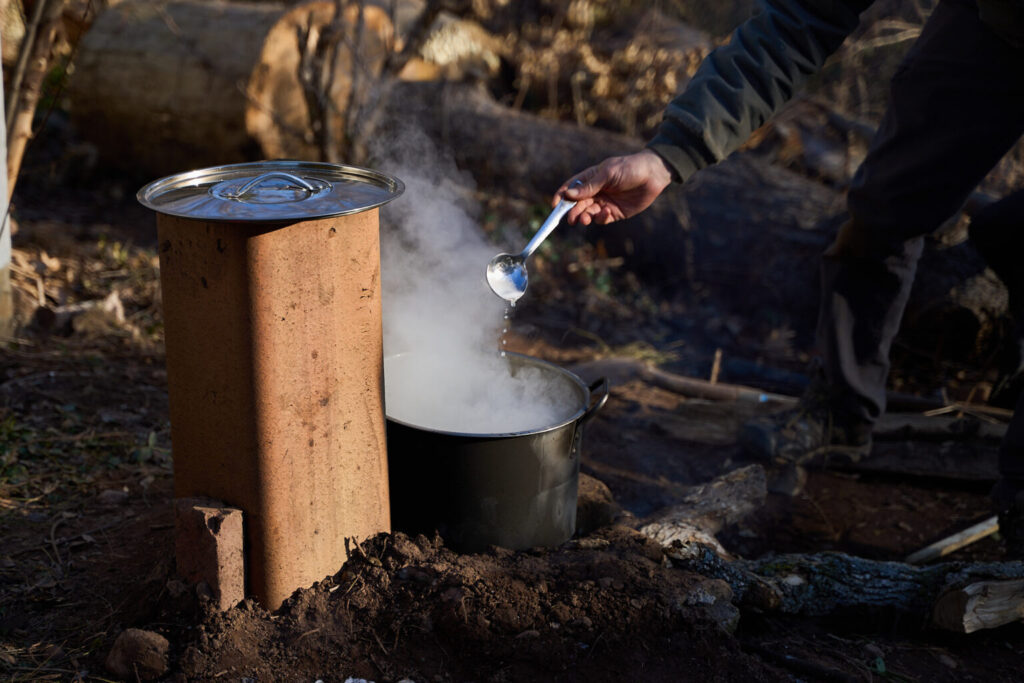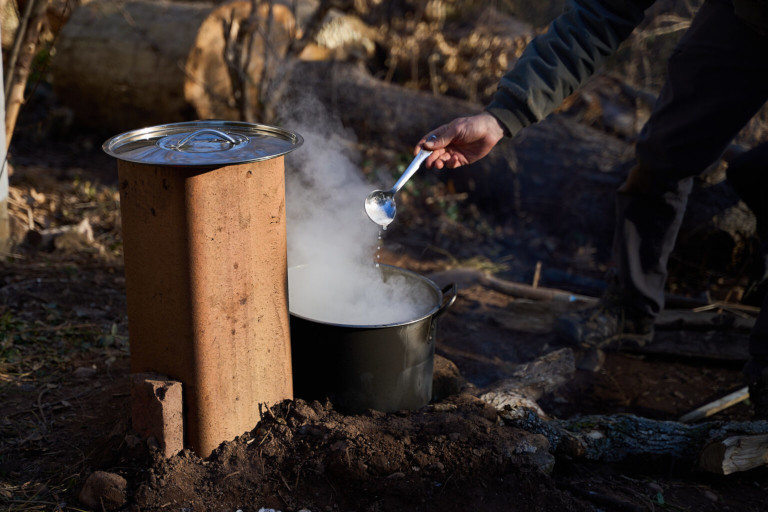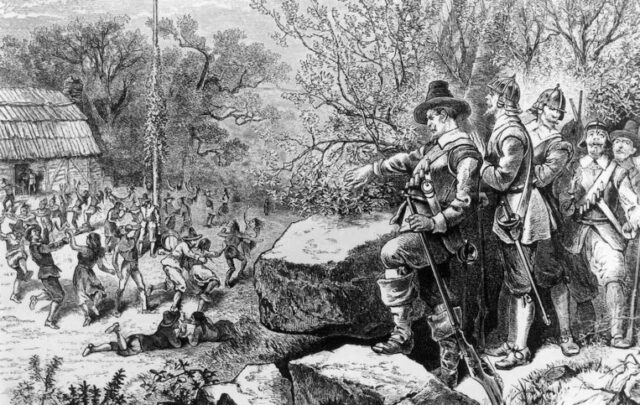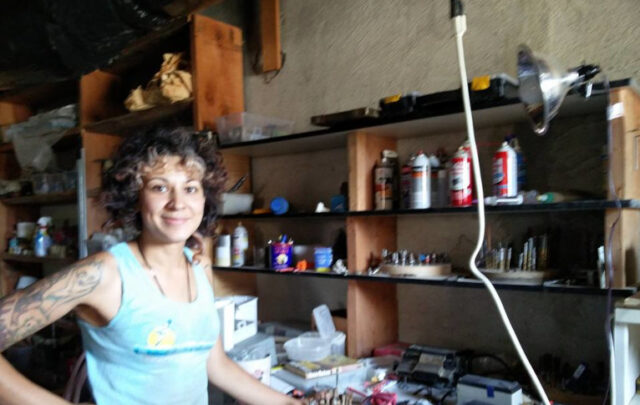As part of our Cycles of Gaia ecological calendar project, over the next year, we will share an insight each month on one of the member species of the calendar, or some other ecological element drawn out by the calendar. This month, as nights are cold, and days start to warm, tree sap starts to run, and we focus on Sugar Maple.
Maple as represented in the Cycles of Gaia Ecological Calendar
Maple syrup is a New England staple, and the season for making it is in our midst. But when you’re pouring syrup onto your pancakes in the morning, do you ever think about how it got there, or where it really comes from?
Maple syrup has a long tradition—going back to the Native Americans, many of whom have fascinating myths about its origins.1 Henry David Thoreau, in the mid-1800s, revealing further signs of his rebellious abandonment of the consumer rat race, battled with his father about “wasting his time” making maple sugar when sugar was so cheap in the store. As Thoreau wrote:
Had a dispute with Father about the use of my making this sugar when I knew it could be done and might have bought sugar cheaper at Holden’s. He said it took me from my studies. I said I made it my study; I felt as if I had been to a university.
The Massachusetts Maple Producers Association details the process of sap flow,2 explained in part here:
The best sap flows come when nighttime temperatures are in the low 20s and daytime temperatures are in the 40s. The longer it stays below freezing at night, the longer the sap will run during the warm day to follow. If the weather gets too cold and stays cold, sap flow will stop. If the weather gets too warm and stays warm, sap flow will stop.
That’s something Thoreau also observed:
10 A.M. – To my red maple sugar camp.3 Found that, after a pint and a half had run from a single tube after 3 P.M. yesterday, it had frozen about half an inch thick, and this morning a quarter of a pint more had run.

Is it sweet enough yet? Gaian Art Fellow Jon Schroth stirs boiling maple sap on a rocket stove in his backyard. (Photo by Clayton Schroth)
The season for sap can last anywhere between a few weeks to a couple months, depending on the weather:
As the days become increasingly warmer, and the nights rarely get below freezing, the buds on the branches of the maple trees begin to swell, marking the end of the season. Chemical changes take place within the tree as baby leaves begin to form within the buds. At this time the sap is no longer suitable for boiling down into syrup. (Massachusetts Maple Producers Association)
From Sap to Sweetness
To turn the sap into syrup, its water content must be evaporated. If the sap is sweeter, not as much water will have to be evaporated. The sooner it goes through the evaporation process, the fresher the syrup will be.
Few realize that it takes about 40 gallons of sap to make just one gallon of syrup. Today, large maple farms use high-tech equipment (including vacuum pumps and reverse osmosis systems) to efficiently collect sap and turn it into syrup. But traditionally, the sap was collected in buckets and boiled for hours over fires—something anyone with a sugar maple tree in their backyard can still do today. Thoreau again:
It is worth the while to know that there is all this sugar in our woods, much of which might be obtained by using the refuse wood lying about, without damage to the proprietors, who use neither the sugar nor the wood.
The hard part is keeping the fire going for hours…. Clayton Schroth feeding the rocket stove fuel. (Photo by Jon Schroth)
So next time you pour maple syrup onto your pancakes, into your coffee or tea, or perhaps make this delicious pudding, take a moment to think about the lifecycle of the maple. Does our tapping weaken these trees, or perhaps expand their value and thus their range? Are we maple parasites or in a symbiotic relationship with these beings—with their free-flowing sap and their beautiful autumnal flare? But don’t think so much that you forget to enjoy maple’s sweetness!
Endnotes
1) Here’s another.
2) And maple syrup production, but for this reflection we’ll focus on the sap itself.
3) You might not realize it, but you can tap other species of trees as well: red, black, and silver maple, birch, beech, even box elder, though none are as concentrated as the sugar maple.







